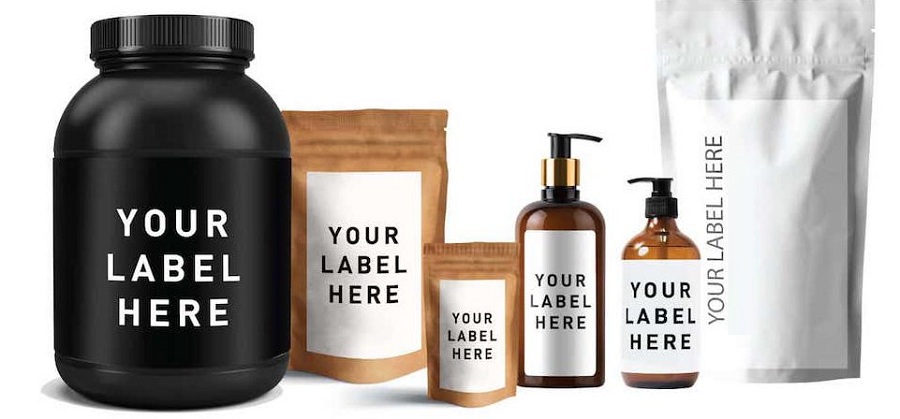Introduction: Embarking on the journey of starting your own Amazon private label business can be both exciting and rewarding. This business model allows you to sell unique products under your brand, giving you control over pricing, marketing, and overall brand experience. In this comprehensive guide, we’ll walk you through the key steps to kickstart your own successful Amazon private label venture.
Step 1: Market Research: Before diving in, conduct thorough market research to identify potential niches and products. Analyze trends, customer preferences, and competitor offerings. Look for gaps in the market that your product can fill, ensuring there’s demand for what you plan to sell.
Step 2: Source Quality Products: Choose high-quality products that align with your brand and cater to your target audience. Establish relationships with reliable suppliers, whether domestic or international. Consider factors like production costs, MOQ (Minimum Order Quantity), and shipping times when selecting your suppliers.
Step 3: Create Your Brand: Craft a unique and memorable brand identity that sets your products apart. This includes designing a compelling logo, creating a brand story, and choosing a brand name that resonates with your target market. Building a strong brand will help establish trust and loyalty among customers.
Step 4: Private Labeling and Packaging: Work closely with your chosen suppliers to incorporate your branding into the product. This includes private labeling, where your logo and brand information are added to the product. Pay attention to packaging design, as it plays a crucial role in attracting customers and conveying the quality of your products.
Step 5: Set Up Your Amazon Seller Account: Create a seller account on Amazon and choose the appropriate plan (Individual or Professional). Familiarize yourself with Amazon’s rules and policies to ensure compliance. Optimize your product listings with compelling titles, detailed descriptions, high-quality images, and relevant keywords to enhance visibility.
Step 6: Launch and Market Your Products: Utilize Amazon’s advertising tools to promote your products. Leverage social media platforms to create brand awareness and drive traffic to your Amazon listings. Consider running promotions or offering special deals to attract initial customers and gather reviews.
Step 7: Monitor and Optimize: Regularly monitor your sales performance, customer feedback, and market trends. Use this data to optimize your product listings, adjust pricing strategies, and enhance your overall business approach. Continuously seek opportunities for expansion and improvement.
Conclusion: Starting an Amazon private label business requires dedication, strategic planning, and continuous adaptation to market dynamics. By following these steps and staying committed to delivering quality products and exceptional customer service, you can build a successful brand on the world’s largest online marketplace.
Remember, success in the private label business doesn’t happen overnight. Stay persistent, adapt to changes, and enjoy the journey of building your brand on Amazon. Good luck!


 144
144